The Divided City: Hebron
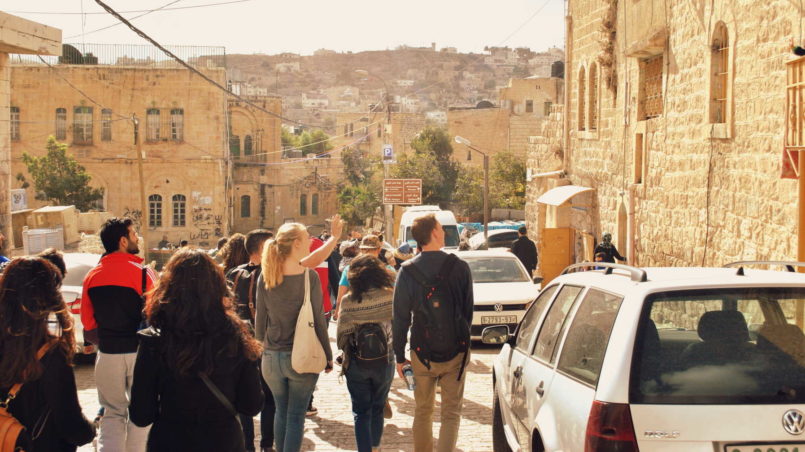
It was Hebron day. A large city in the West Bank with historical and religious sites, with busy markets, factories and much more. I was quite excited that day. I was wondering, “Will one day be enough?” There were so many of us touring together. It took a lot of time to coordinate and organise so many people when we visited a place. I didn’t want the trip to be cut short.
We finally boarded the bus to travel to the largest city in the West Bank. I mentioned already that I was quite excited about visiting Hebron. And there were reasons for my excitement. I had been told that it is somehow different from all other cities in the West Bank. Hebron is different because the Arab residents of Hebron city have to encounter the IDF and the capricious military administration every single day. Although this can be the case with all other places in the West Bank, in Hebron the Palestinian Authority does not have any of the rights it was accorded as an interim government (through the Oslo Accord) throughout Hebron. Not only is it denied complete jurisdiction over all matters in the governing of Hebron (as in other places of the West Bank) but it is also denied access and jurisdiction over the entire city of Hebron.
I was absorbed in listening to the co-coordinator and trying to understand the complex situation of Hebron, when suddenly he became quiet and looked outside. It was a checkpoint. The atmosphere became grim and I observed everyone’s expression in the bus, but mostly that of the Palestinians who appeared very sombre.
Non-Palestinians might also, and usually do, become anxious and apprehensive while crossing an Israeli checkpoint, because of unpleasant stories of gross violations of human rights at such checkpoints. I too felt anxious and apprehensive. But deep within me, I knew that I was not as vulnerable as a Palestinian. I might be unsafe in that part of the country but still I knew that I was safer. I am neither a Palestinian nor an Arab.
It might sound absurd that anything can happen to an innocent Palestinian while crossing a checkpoint. But that is the irony of their situation.
The routine checks were made and our buses were allowed to cross the checkpoint. I believe everyone in the bus felt relieved. These stern faces were replaced with smiles by most of us. Gradually the jubilant mood returned.
The first place we visited was a glassblowing factory which is one of the oldest glassblowing and ceramics factories. It was located on our way to the city of Hebron, which is well-known for its limestone, glassblowing factories and pottery workshops.
We watched how glassware is produced. It was the first time I had seen the process and I was really impressed. After a brief tour of the factory, everyone got busy buying beautiful glassware and ceramic souvenirs.
After a while we boarded the bus and left for Hebron city.
The place where our buses stopped and where we gathered before starting our tour of Hebron was adjacent to a barricade separating the H1 sector of Hebron from H2. We could see Israeli soldiers guarding the place.
We started to walk around the city, i.e in the H1 sector. We wandered around narrow alleys with shops on both sides, small markets and residential areas. We came across a bunch of kids who were very excited to see us and they asked us to take their photographs. They looked happy and playful.
I realized that there is a difference between the children of a Palestinian city and those who live in refugee camps. The children in refugee camps refused to be photographed in an outright manner and had stern expressions on their faces. Life in refugee camps is obviously harsher and encumbering, and it maybe makes the lives of children bereft of innocence and playfulness.
We were then directed to a particular alley and were told that we would be visiting the Ibrahimi mosque. I had earlier heard about the Ibrahimi mosque owing to the notorious 1994 massacre, when Baruch Goldstein, an Israeli physician, open fired on Muslims at prayer in the Ibrahimi mosque. However, I was not familiar with many other aspects of the religious site.
In fact for Muslims, it is one of the four holiest cities, while for Jews it is the second holiest city after Jerusalem. The traditional burial sites of the biblical patriarchs and matriarchs are located in the city of Hebron, within the Cave of the Patriarchs which is a series of subterranean chambers.
We stood outside the Ibrahimi mosque, waiting for our turn to enter the mosque. The site was completely surrounded by IDF soldiers, who control the access to the mosque.
It was our turn to visit the mosque. But we were not checked or interrogated or denied access. Our experiences were completely contrary to what we had been told by our Palestinian friends. If you don’t want to seriously think about it, then it might seem as if stories are being made up and incidents exaggerated by Palestinians.
We finally entered the mosque. Some started to pray and others began taking photographs. The entire complex is now divided into two parts. The Isaac Hall now serves as the Ibrahimi mosque, and the Arabic name of the complex itself reflects the prominence given to Abraham, who is revered by Muslims as a prophet and patriarch. On the other hand, the Abraham and Jacob Hall now serve as a synagogue. We could only visit the Isaac hall.
Within the Cave are the double tombs of Abraham and Sarah, Isaac and Rebecca, as well as Jacob and Leah, who are considered the Patriarchs and Matriarchs of the Jewish people. The tomb of the Jewish matriarch Rachel is missing, as it is believed that she is buried at Rachel’s Tomb near Bethlehem.
The most interesting thing for me was the way Muslims and Jews pray under the same roof, separated only by a wall; and yet they are not ready to accept each other. I was naive to think that people fight for and because of religion. This cannot be. They worship the same prophets under the same roof. But still they refrain from accepting each other. People fight for other reasons and use religion as a scapegoat. My opinions might sound naive. Yes, my opinions might be naive because I am trying to understand and the process is ongoing.

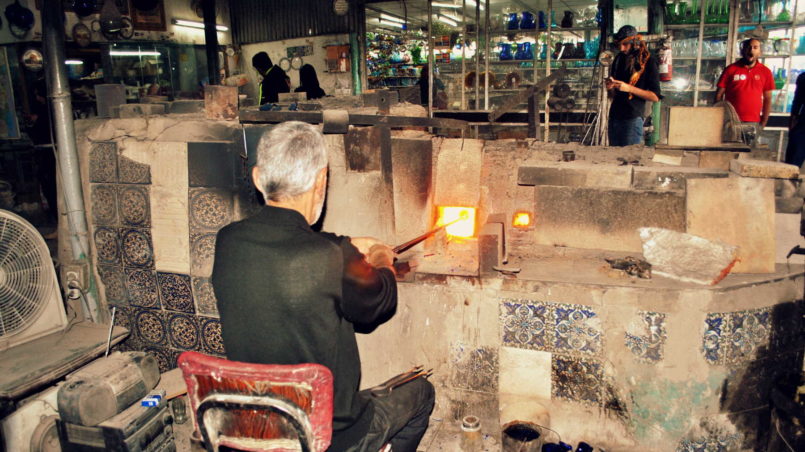
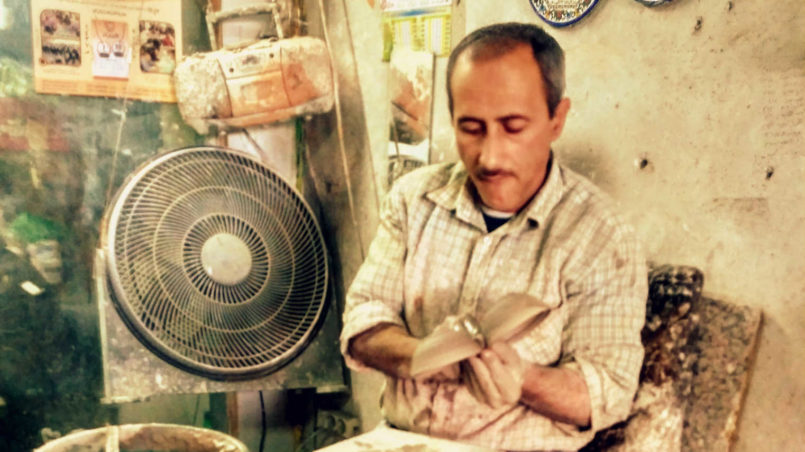
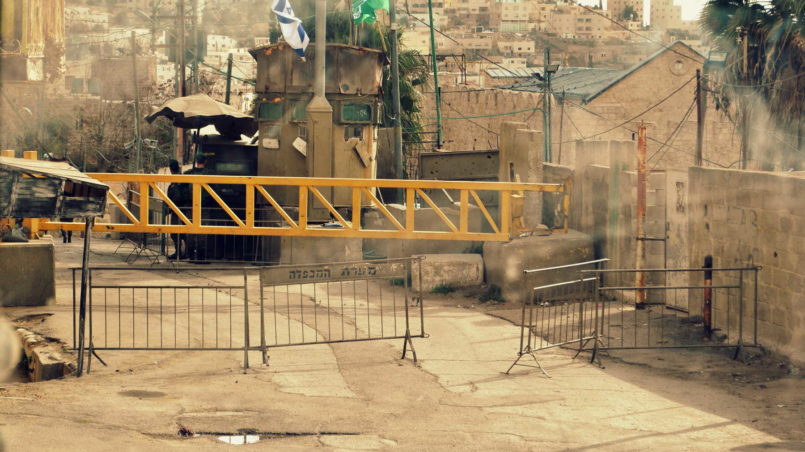
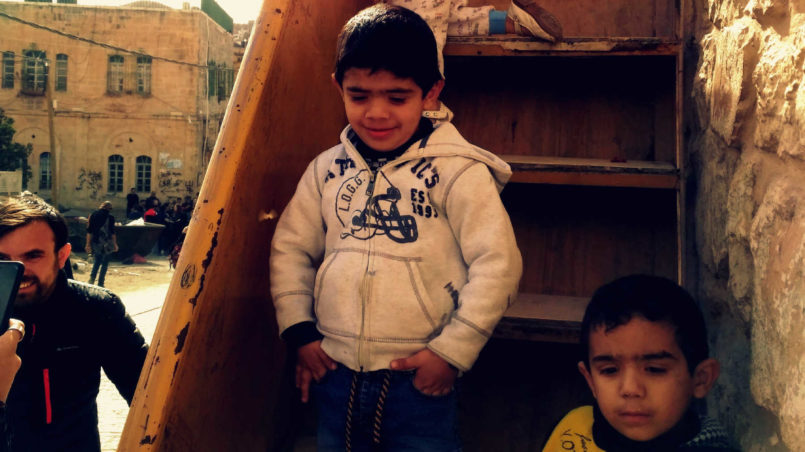
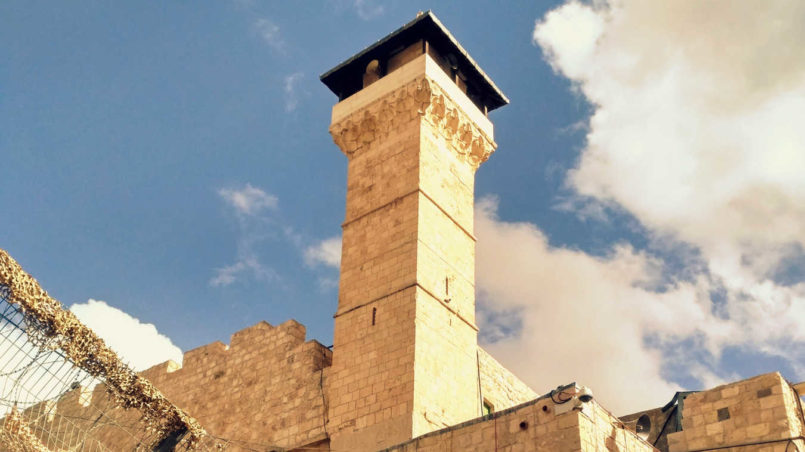
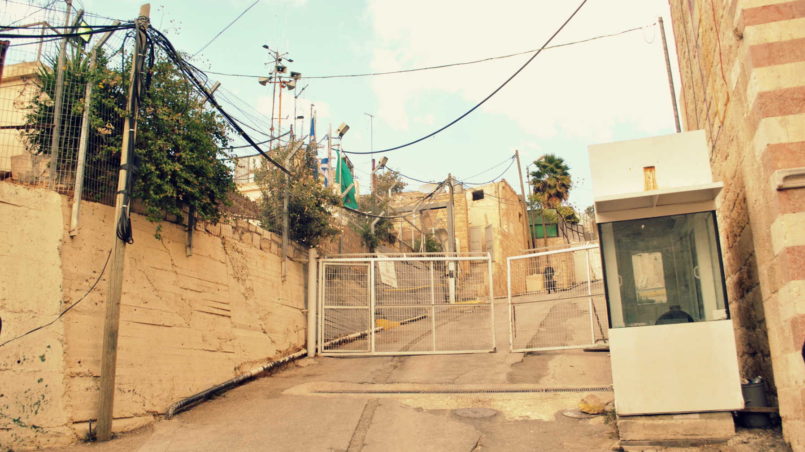
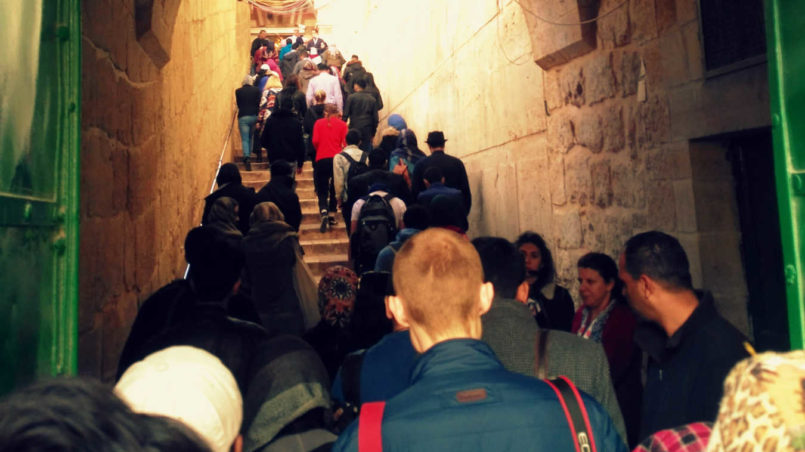

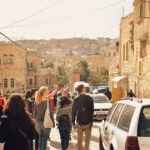
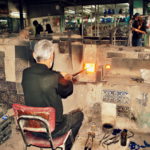
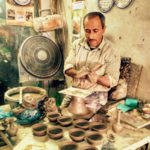
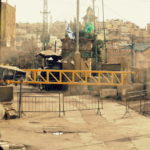
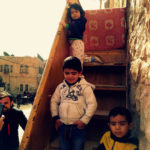
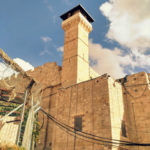
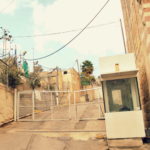
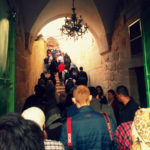
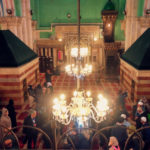
What a world… Very interesting blog post and well written! Good job! 🙂
Thank you so much for reading and liking..:)